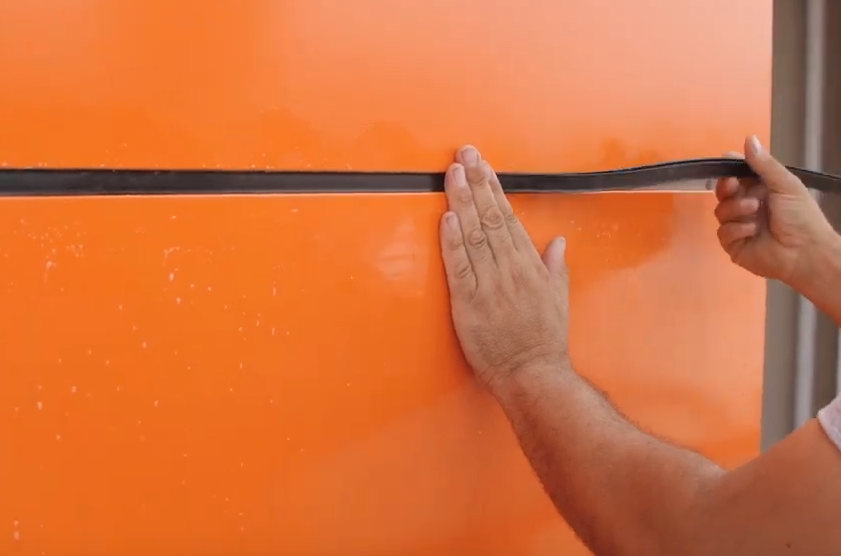
Bubbling and Unevenness of the Surface with Liquid Seal
The factors that extremely influence the service life of the installed sealant are its durability properties that include but not limited to the adhesion of a sealant to specific substrates and its aging characteristics, to withstand among others ultra-violet radiation, temperature, cyclic joint movement, moisture, bio-degradation, and movement during curing.
The liquid portion of the sealer evaporates after it transport onto the surface of the concrete’s solid portion due to most sealers with less than 100% solids either dry’s or cures. Fast solvent evaporation or immediate bubble formation occur as trapped solvent cannot evaporate into the atmosphere due to Low-VOC solvents evaporate quickly at the surface.
Outgassing, air in the void structures warms then expands because of concrete surfaces containing many capillaries and pores. Sealer that is still in a phase of malleability can “blow a bubble” under this pressure or expansion, commonly in deep recesses and joints. If the wet coating is too thick or over applied, it will trap solvent as the surface skins over.
Solar Energy, with no pressure a surface is warmer in the sunlight, increasing bubble formation. What is interesting is that an air movement, when a brisk wind can skin over a sealer faster than high temperatures, trapping solvent beneath the surface. Moreover, entrapped solvents cause the sealer to remain elastic for extended periods, making it more prone to delayed bubble formation.

Network Architectural
Having a good understanding of joint design, performance needed, substrates to be sealed, and the economic costs involved in the installation and maintenance of a joint sealant are also important in the proper application of a sealant and not only choosing a material with appropriate physical and chemical properties.
Properties of the sealant are at the same time determining factors that influence its performance in a joint that include modulus of elasticity, tear strength, its stress or strain recovery characteristics and fatigue resistance.
Jehbco’s solid silicone extrusions being used in expansion joints seals to prevent water, air and other environmental elements from entering or exiting buildings. They are specifically designed to provide water-proof protection that last long and at the same time with intense ability to withstand heat.
Often compared to wet sealants, solid silicone extrusion are installed faster and easier, eliminating the “Backing Rod an Filling With Sealant Technique” as a requirement for expansion joints seals, longer usability advantage with outstanding capability to withstand any types of weather conditions & UV that can get variety of colours for different applications.
To find out why Jehbco silicone rubber is the best sealant to avoid bubbling and unevenness on the sealed surface, browse the website and Contact Us right here.


